For last week’s practice question, we quizzed participants on what defines overbasalization according to 2025 ADA Standards? 60% of respondents chose the best answer. We want to clarify and share this important information, so you can pass it on to people living with diabetes and your colleagues, plus prepare for exam success!
Before we start though, if you don’t want any spoilers and haven’t tried the question yet, you can answer it below: Answer Question

Question:
According to ADA 2025 Standards, more intensive preventive approaches should be considered in individuals who are at particularly high risk of progression to diabetes, including individuals with BMI ≥35 kg/m2 who:
Answer Choices:
- Sit more than eight hours a day and have a sedentary lifestyle.
- Have a history of thyroid or celiac disease.
- Consume a diet with high amounts of simple carbohydrates.
- Have fasting plasma glucose of 110–125 or A1C ≥6.0%.

Getting to the Best Answer
Answer 1 is incorrect. 25% chose this answer, “Sit more than eight hours a day and have a sedentary lifestyle”. Although the ADA Standards recommend getting up and moving every half-hour, they don’t specify that eight hours of sitting a day qualifies a person as higher risk to progressing to diabetes.
Answer 2 is incorrect. 7% of you chose this answer “Have a history of thyroid or celiac disease”. These autoimmune conditions are more closely associated with immune mediated type 1 diabetes and do not place a person as higher risk for progression to type 2 diabetes.
Answer 3 is incorrect. About 9% of respondents chose this, “Consume a diet with high amounts of simple carbohydrates.” While eating foods rich in fiber and a variety of nutrients is important to decrease risk of diabetes, the ADA does not state that eating simple carbohydrates puts individuals in a higher risk category of progressing to diabetes.
Finally, Answer 4 is correct 60% chose this answer, “Have fasting plasma glucose of 110–125 or A1C ≥6.0%.” Great job. This is the BEST answer. According to ADA 2025 Standards, “More intensive preventive approaches should be considered in individuals who are at particularly high risk of progression to diabetes, including individuals with BMI ≥35 kg/m2, those at higher glucose levels (e.g., fasting plasma glucose 110–125 mg/dL [6.1–6.9 mmol/L], 2-h post challenge glucose 173–199 mg/dL [9.6–11.0 mmol/L], and A1C ≥6.0% [≥42 mmol/mol]), and individuals with a history of gestational diabetes mellitus.”
We hope you appreciate this week’s rationale! Thank you so much for taking the time to answer our Question of the Week and participate in this fun learning activity!
Ignite your passion & prepare for Diabetes Certification!
Join our Expert Team at our dynamic Virtual DiabetesEd Training Conference April 16-18th, 2025

Gain fresh insights, practical tools, and a deeper understanding of the latest in person-centered diabetes care. Our expert team brings the ADA Standards of Care to life—covering medications, behavior change, technology, and more! If you’re preparing for the CDCES or BC-ADM exam, this conference—paired with free bonus courses—serves as the ideal study companion!
With interactive co-teaching, we keep sessions engaging, relevant, and fun. Let’s learn and grow together!

Our expert team transforms complex diabetes science into clear, practical insights—keeping it real, engaging, and fun! The faculty includes:
- Diana Isaacs, PharmD, BCPS, BC-ADM, BCACP, CDCES
- Coach Beverly Thomassian, RN, MPH, CDCES, BC-ADM
- Christine Craig, MS, RD, CDCES
- 3 Days: of critical information delivered by passionate speakers in an engaging and fun format!
- 11 Bonus Online Courses: As a course attendee, you automatically receive a bonus online course bundle of 11 online courses valued at over









